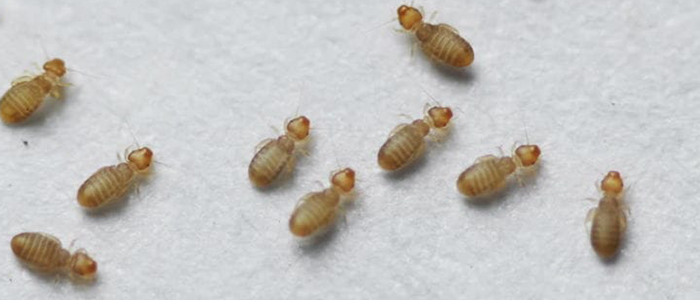Book Lice Control

The insects are small and minute, soft, stout bodies and in many cases with delicate membraneous wings. Book lice are more common in dwellings, warehouses, libraries, museums, barn houses, godowns etc. They feed on pastes of book bindings, fragments of animals and decaying vegetables, flour, cereal products, collection of insects, dried natural historic collections, sttaw and chaff, stuffing of mattresses, and thus causing damage.
In homes and warehouses, book lice can also be problematic as they may contaminate stored food products such as flour and cereals, rendering them unfit for consumption. Their ability to thrive in humid and warm conditions further enhances their resilience and ability to proliferate in indoor environments.
Their presence in libraries and museums is particularly concerning as they can inflict damage on valuable collections of books, manuscripts, and historical artifacts. Book lice are attracted to the adhesive glues used in book bindings and the organic components of paper, leading to potential degradation of these materials over time if infestations are left unchecked.
Controlling book lice infestations requires thorough inspection and management strategies that target their preferred habitats and food sources. This may involve reducing humidity levels, eliminating food sources, and applying appropriate insecticides or treatments to affected areas. Prevention measures such as proper storage of books and food items, regular cleaning, and maintenance of indoor humidity levels can also help mitigate the risk of infestation.
Given their potential for widespread damage and nuisance, addressing book lice infestations promptly and effectively is essential for protecting both structural integrity and the preservation of valuable cultural and historical materials in affected environments.